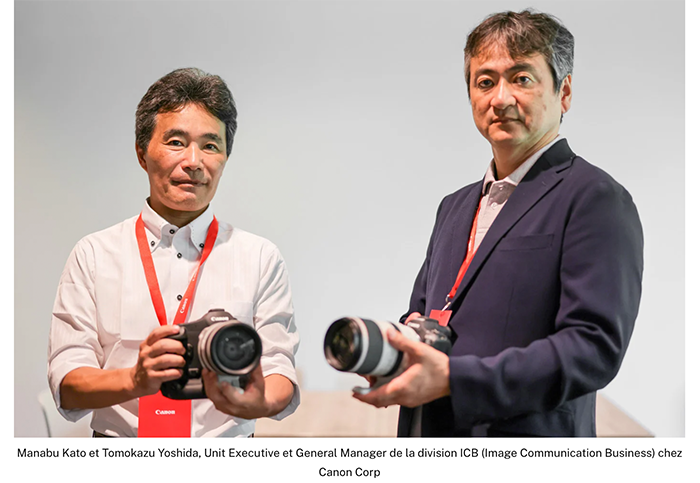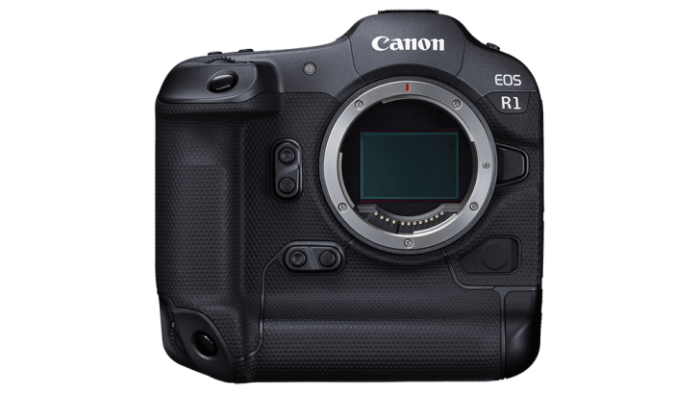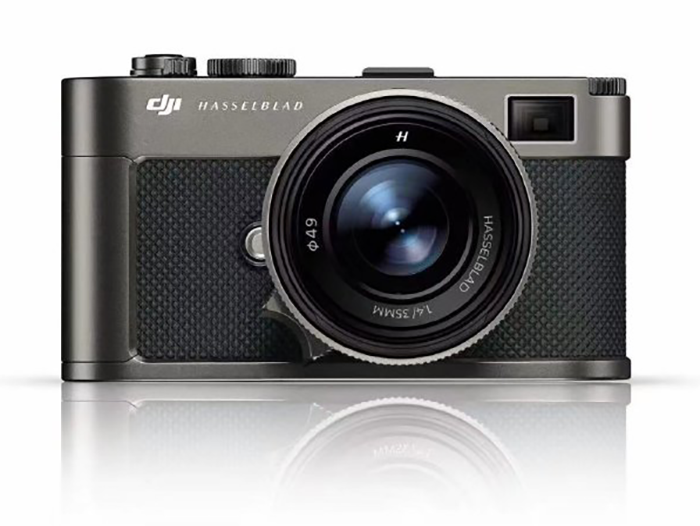Why Canon has progressive lens designs and conservative sensors

The french magazine Phototrend had a chat with Canon managers. Asobinet made this nice summary (google translated):
When did development of the EOS R5 Mark II and EOS R1 begin? And what about that development?
- Canon is always pushing the boundaries of technology and always striving to create something new, and the EOS R5 Mark II, and especially the EOS R1, are no exception.
- They wanted to offer a mirrorless camera that surpassed the flagship EOS-1D X Mark III.
- As I began the transition to mirrorless cameras, I also began thinking about what to do with my flagship model.
- The result of these long discussions is the now announced EOS R1.
The main principles of the sensors used in these two cameras and the lack of a global shutter sensor
- Global shutter technology is already used in several products.
- We know that the global shutter offers certain advantages and certain possibilities for the future.
- However, in order to provide professional users with the ultimate tool, we wanted to create a product that would not malfunction, no matter the environment.
Is that why the resolution of the EOS R1 isn’t higher than that of the EOS R3?
- YES, the EOS R1 is the result of a careful balance between the advantages of a highly defined sensor.
- We wanted to offer a body with a very high ISO sensitivity, so we achieved ISO 102,400.
- I also wanted the shutter speed to be as fast as possible – as you know, a camera can shoot 40 frames per second.
- If you choose a high resolution sensor, the frame rate for continuous shooting will be very low.
- All things considered, I felt that 24MP offered the best balance of all the pros and cons.
The basic principles of the Digic Accelerator chip and how it differs from Digic X
- The biggest advantage of the DIGIC accelerator is its processing speed and power.
- For example, deep learning technology was also incorporated into image processing at 40 frames per second.
- The goal was to improve the camera’s processing power.
Are we talking about one chip with two processors integrated on the same chip, or are we talking about two chips that communicate permanently?
- Instead of one chip doing two different things, it’s two independent chips.
- Of course, the DIGIC X processor is still a very powerful chip.
- The DIGIC Accelerator enhances that capability, enabling it to do even more.
- The DIGIC X processes the images delivered by the sensor and generates RAW and JPEG files.
Will the role of the DIGIC accelerator be limited to processing linked to AI and deep learning?
- No. The accelerator is the chip that first receives signals from the sensor and performs autofocus, subject detection, etc.
- DIGIC X is responsible for image development.
EOS R5 Mark II: The evolution of video and maintaining body size
- While the EOS R1 is a flagship camera, the way the EOS R5 Mark II is used varies greatly depending on the user.
- Cameras are important to us. We need to be aware of the many different ways they can be used and respond accordingly.
- The EOS R5 Mark II is the culmination of our passion for pushing the boundaries of technology (that can be packed into a compact body) and our constant striving to be the best.
The EOS R6 Mark II may be overshadowed
- What we want is for each model to compete with the others and always try to outdo the top models.
- I hope that one day the EOS R6 Mark III will surpass the EOS R5 Mark II.
- It’s not fair to limit the capacity of a model just because it belongs to the 6 Series and not the 5 Series.
- We always strive to provide the best model for our target users.
- As a result, the EOS R6 may one day surpass the EOS R5, but that will be in the future.
Similarly, now that the EOS R1 has been announced, what’s left for the EOS R3?
- Since the EOS R1 is a flagship camera, it is natural that it would want to surpass the performance and possibilities of the EOS R3. As a result, there are some areas where the EOS R1 is superior to the EOS R3.
- However, in terms of performance, the EOS R3 is the most well-balanced.
- It really depends on how you use the camera, so for some customers the EOS R3 remains the best option.
A conservative sensor for a progressive lens
- When it comes to lenses, we are always looking to break new ground.
- This mentality is possible because it is always possible to have more lenses in the catalog than bodies.
- There is a wide range of lenses available, allowing you to do new things and explore new horizons.
- We believe that lenses broaden the scope of a camera. By increasing the variety of lenses and offering new types, we open the door to new uses for the body.
About the Apple and Canon Partnership
- Virtual reality is a completely new field for everyone, including us.
- That’s why we felt the need to take a new approach to raising awareness of this new technology. We were fortunate to have the opportunity to work with Apple.
- Canon is breaking some pretty new ground by collaborating with Apple to make its virtual reality technology more widely available.
- In the future, we look forward to working even more closely with Apple to develop this new area of the imaging world.
Regarding third parties, are you planning on collaborating with other brands in the future?
- I can’t give too many details at this time.
- However, the company is in discussions with a number of third-party companies to explore potential collaborations.
How to encourage people to switch from SLR to mirrorless cameras
- I think there are many photographers out there who are wondering whether to switch to mirrorless cameras.
- I think the EOS R1 can do almost everything a single-lens reflex camera can do. There are no drawbacks, only advantages. I want everyone to experience the benefits of a hybrid camera.
- In Asia, especially Japan, the transition to mirrorless is almost complete, while in Europe the shift from SLR to hybrid is accelerating.
What are the characteristics of the European market in general?
- Compared to the robust global market, the European market is a little sluggish. As a result, entry-level models such as SLR cameras are more popular in the European market than in the rest of the world.
- We therefore expect the European market to return to growth soon.
How do you decide the price of each camera? Some people say that the EOS R1 is more expensive than other cameras…
- Those who have tried the EOS R1 understand the pricing as it is a camera that can do a lot.
- With so many features included, the cost is naturally high, and of course we would like to make it more affordable if possible.
- We think this camera is worth the extra price compared to other models.


